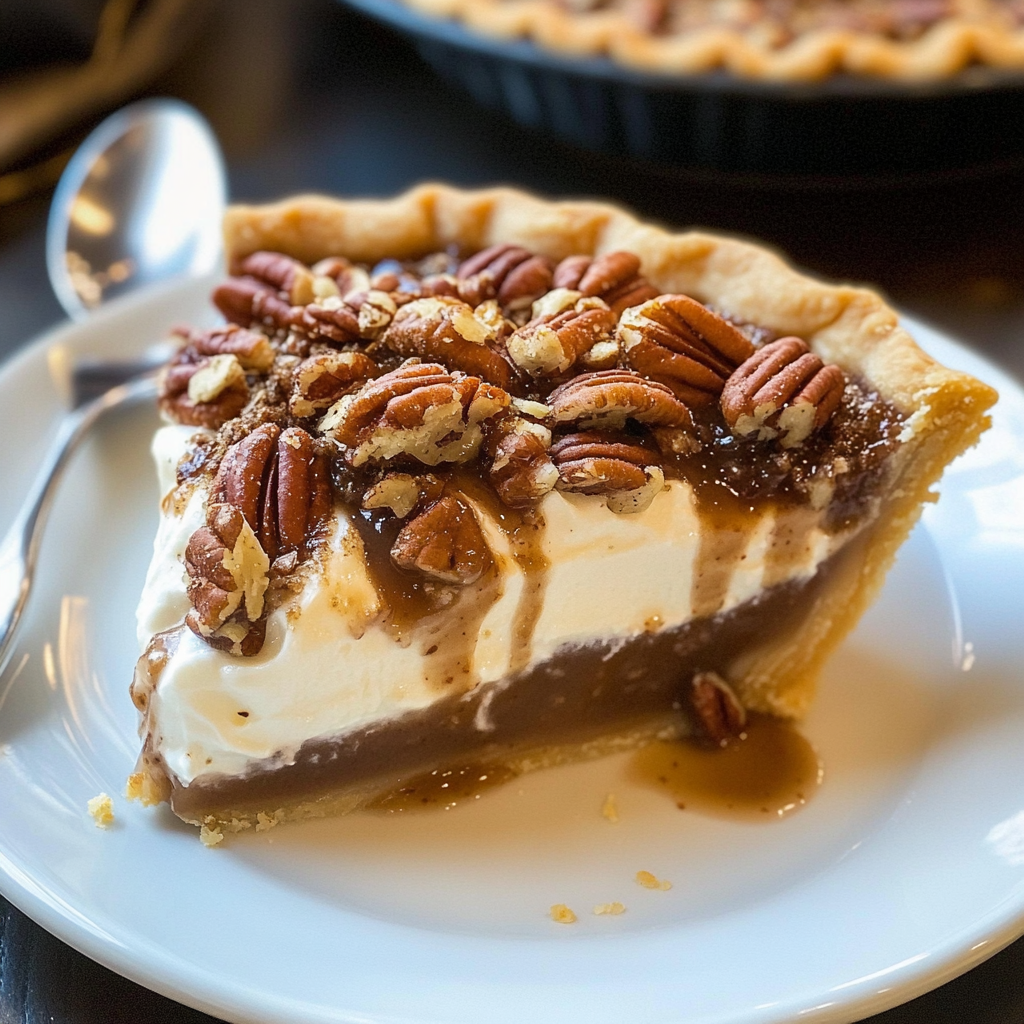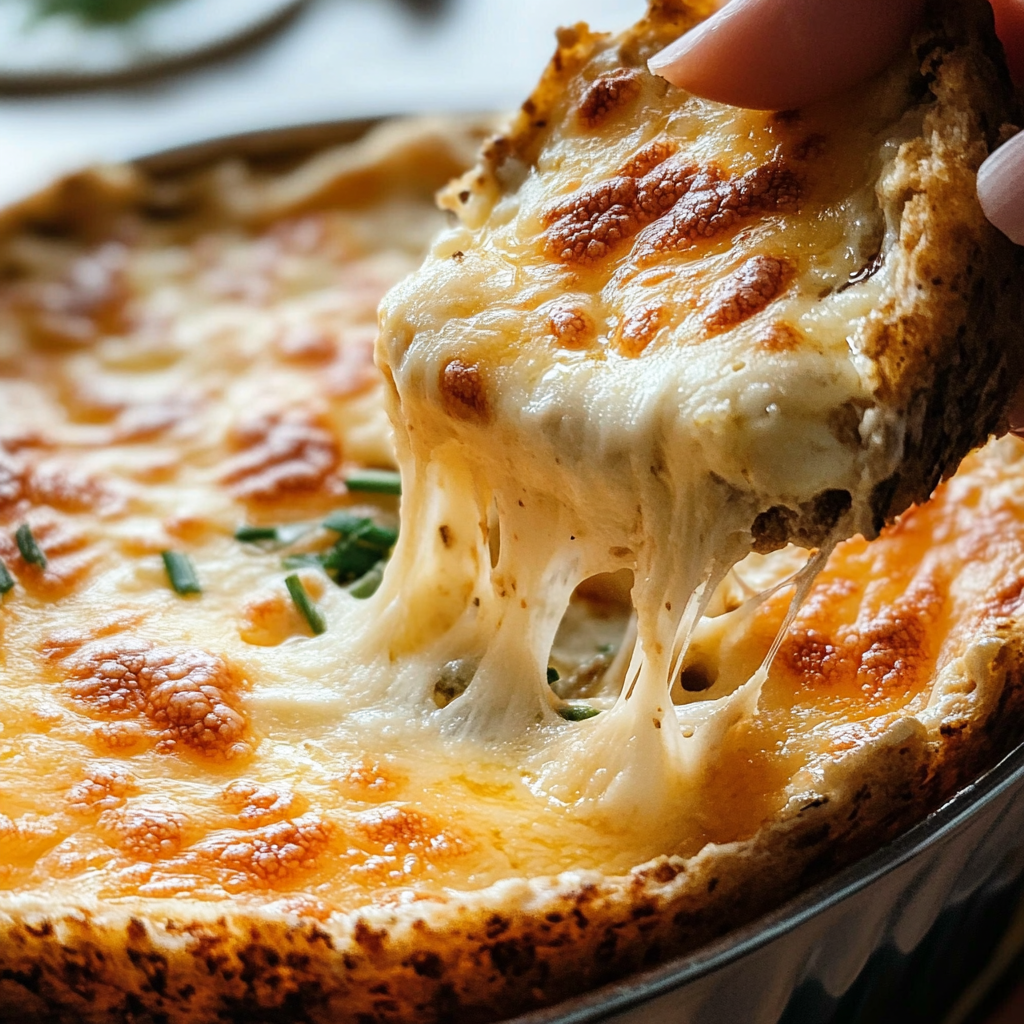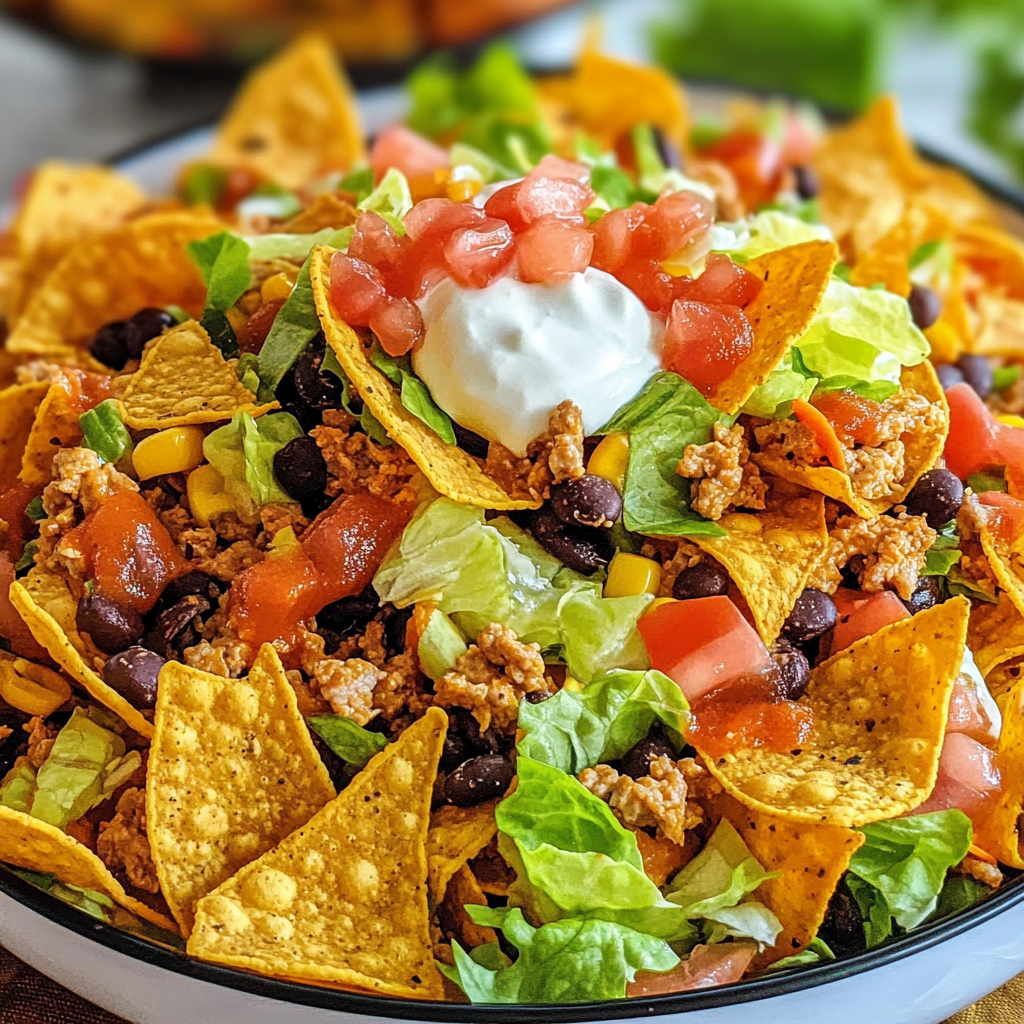
Oatmeal Scotchies
These oatmeal scotchies deliver the perfect combination of chewy oats and rich butterscotch chips in cookies that are crispy around the edges and wonderfully soft in the center. The butterscotch chips add a sweet, buttery depth that elevates these beyond ordinary oatmeal cookies, creating a nostalgic treat that brings back memories of homemade comfort. If you enjoy this style of classic American cookie, you might also like oatmeal chocolate chip cookies, snickerdoodles, or other traditional drop cookies that showcase simple ingredients at their best.
Why You’ll Love This Recipe
- Perfect texture balance – achieves the ideal combination of slightly crispy edges with soft, chewy centers that stay tender for days after baking
- Nostalgic butterscotch flavor – the rich butterscotch chips provide sweet, buttery notes that create a more sophisticated flavor than regular chocolate chip cookies
- Wholesome satisfaction – the hearty oats make these cookies feel more substantial and nutritious while providing appealing texture and nutty flavor
- Easy customization – serves as an excellent base for variations with different mix-ins, spices, or texture preferences
Ingredients Breakdown
Unsalted butter: The fat foundation that creates tender texture and rich flavor throughout the cookies. Use butter at proper room temperature – it should yield to pressure but still hold its shape. The butter should be creamed thoroughly with the sugars to incorporate air and create the light texture that makes these cookies special. European-style butter with higher fat content produces superior flavor and texture, though standard unsalted butter works excellently.
Brown and granulated sugar combination: Creates the characteristic chewy texture and complex sweetness that defines great oatmeal cookies. Brown sugar contributes moisture and molasses flavor while promoting chewiness, while granulated sugar helps with spreading and contributes to crispy edges. The ratio of brown to white sugar significantly affects final texture – this recipe’s proportions create the perfect balance between chewy and crispy.
Old-fashioned rolled oats: Provide the signature texture and wholesome flavor that makes oatmeal cookies so satisfying. Old-fashioned oats maintain their shape and provide pleasant chewiness, while quick oats would become too soft and lose their textural appeal. The oats should be fresh and smell sweet and nutty rather than stale or rancid. They contribute fiber and nutrition while creating the hearty character that distinguishes these from other cookies.
Butterscotch chips: The star ingredient that transforms ordinary oatmeal cookies into something special and memorable. Choose high-quality butterscotch chips with good flavor and texture – some brands are much better than others. The chips should maintain their shape during baking while softening slightly to create pockets of rich, buttery sweetness throughout the cookies. The amount should be generous enough for butterscotch in every bite.
Spices: Cinnamon adds warmth and complexity that complements both the oats and butterscotch beautifully. The spice should be fresh and aromatic rather than stale and dusty. Optional nutmeg provides additional warming notes that enhance the overall flavor profile without overwhelming the primary ingredients.
Step-by-Step Instructions
- Preheat your oven to 350°F (175°C) and line two large baking sheets with parchment paper or silicone baking mats. The moderate temperature ensures even baking without over-browning the delicate cookies. Position racks in the upper and lower thirds of the oven for efficient batch baking.
- In a large mixing bowl, cream together 1 cup softened unsalted butter, 3/4 cup packed brown sugar, and 1/2 cup granulated sugar using an electric mixer on medium speed for 2-3 minutes until light and fluffy. The mixture should be noticeably lighter in color and increased in volume when properly creamed.
- Beat in 2 large eggs one at a time, ensuring each is fully incorporated before adding the next. Add 1 teaspoon vanilla extract and mix until combined. The mixture should be smooth and uniform without streaks of unmixed egg or vanilla.
- In a separate bowl, whisk together 1 1/2 cups all-purpose flour, 1 teaspoon baking soda, 1/2 teaspoon salt, and 1/2 teaspoon cinnamon until evenly distributed. The dry ingredients should be thoroughly combined to ensure even leavening and seasoning throughout the cookies.
- Gradually add the flour mixture to the creamed butter mixture, mixing on low speed just until combined. Don’t overmix, which can develop gluten and create tough cookies. Stop mixing as soon as no dry flour is visible in the dough.
- Stir in 3 cups old-fashioned rolled oats and 1 1/2 cups butterscotch chips using a wooden spoon or rubber spatula until evenly distributed throughout the dough. The oats and chips should be well-incorporated but not broken from excessive mixing.
- Using a cookie scoop or rounded tablespoons, drop portions of dough onto the prepared baking sheets, spacing them about 2 inches apart to allow for spreading. For the most uniform results, use a #20 cookie scoop or measure each portion to ensure consistent sizing.
- Bake for 10-12 minutes until the edges are golden brown while the centers still look slightly soft and underdone. The cookies will continue cooking on the hot pan after removal from the oven. Don’t overbake, which will make them hard rather than maintaining the desired chewy texture.
- Let cookies cool on the baking sheet for 5 minutes to set properly, then transfer to a wire rack to cool completely. This brief cooling period prevents breaking while allowing them to firm to the perfect texture. The cookies will continue to set during this time.
- Store completely cooled cookies in an airtight container at room temperature for up to 1 week, or freeze for longer storage. The texture actually improves slightly after the first day as flavors meld and the cookies reach optimal chewiness.

Perfect Texture: What to Look For
Exceptional oatmeal scotchies should have golden-brown, slightly crispy edges that give way to soft, chewy centers with visible oats and butterscotch chips throughout. When properly baked, the cookies should be set around the edges but still look slightly soft in the center when removed from the oven. As they cool, they should firm up to the perfect texture that holds together when picked up but yields easily when bitten. The oats should provide pleasant textural interest without being hard or crunchy, while the butterscotch chips should be softened but still maintain their shape and provide bursts of rich flavor.
Customization Options
This versatile base recipe welcomes numerous delicious variations while maintaining its essential oatmeal scotchie character. For extra richness, substitute half the butterscotch chips with white chocolate chips or add 1/2 cup chopped toasted pecans. Create seasonal versions by adding dried cranberries and orange zest, or substitute cinnamon chips for a spiced variation. For tropical flair, add 1/2 cup toasted coconut flakes. Different spice combinations like cardamom or ginger can replace or complement the cinnamon for unique flavor profiles.
Practical Tips
Butter temperature: Room temperature butter should yield to pressure but still hold its shape. If your kitchen is very warm, cream quickly and chill the dough briefly before baking to prevent excessive spreading.
Measuring oats: Lightly pack the oats when measuring to ensure you have enough for proper texture and flavor. Old-fashioned oats are essential – don’t substitute quick oats, which will become mushy during baking.
Baking timing: Underbake slightly rather than overbaking. The cookies should look slightly underdone when removed, as they’ll continue cooking on the hot pan. Different oven hot spots may require rotating pans halfway through baking.
Storage: Store in airtight containers with parchment paper between layers if stacking. The cookies freeze beautifully for up to 3 months – freeze shaped dough balls for fresh cookies anytime.
Common Questions
Why are my cookies too flat or too thick? Cookie spreading is affected by butter temperature, flour amount, and oven temperature. Too-soft butter or insufficient flour creates flat cookies, while cold butter or too much flour creates thick, dense cookies. Ensure proper butter temperature and accurate flour measurement.
Can I substitute different chips? Absolutely – chocolate chips, white chocolate chips, or cinnamon chips work well. Each will create a different flavor profile while maintaining the basic oatmeal cookie character. Use the same amount for consistent results.
How do I make them extra chewy? Slightly underbake the cookies and let them finish cooking on the hot pan. You can also add an extra egg yolk or substitute some of the granulated sugar with additional brown sugar for chewier texture.
Can I make the dough ahead? Yes, cookie dough can be refrigerated for up to 3 days or frozen for up to 3 months. Shape into balls and freeze on baking sheets, then transfer to freezer bags. Bake directly from frozen, adding 1-2 minutes to baking time.
Serving Suggestions
These comforting cookies work beautifully for various occasions, from casual family treats to elegant dessert presentations. For everyday enjoyment, serve them warm from the oven with cold milk for the classic cookie experience. The cookies travel well for lunch boxes, bake sales, or potluck contributions, maintaining their appealing texture for hours after baking.
For special occasions, arrange them on attractive platters alongside other homemade cookies, or package them individually in clear bags tied with ribbon for thoughtful gifts. The butterscotch flavor makes them particularly appropriate for fall gatherings or holiday cookie exchanges. They also work wonderfully crumbled over ice cream or used as a base for cookie bars when pressed into a pan before baking.
Nutritional Benefits
While definitely treats to be enjoyed in moderation, these cookies do provide some nutritional advantages over many other dessert options. The oats contribute beneficial soluble fiber that supports heart health and provides sustained energy. The whole grain content makes these more nutritious than cookies made with only refined flour.
By making them at home, you control ingredient quality and avoid many of the preservatives and artificial additives found in commercial cookies. The substantial oat content and moderate portion size often provide more satisfaction than processed alternatives, potentially reducing the desire to overindulge. The combination of complex carbohydrates from oats and the comfort factor of homemade treats supports both physical and emotional well-being when enjoyed as part of a balanced approach to eating.




